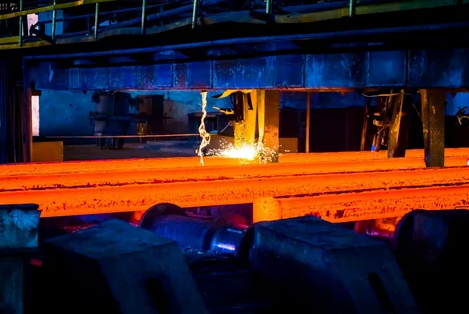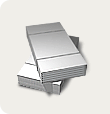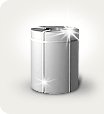For many years, the Institute for Experimental Physics at the Graz University of Technology in Styria in Austria and the Styrian industrial company Böhler Edelstahl have been conducting joint research on the surface tension and temperature dependence of various types of steel. The focus is on steel here, as it will be needed in 3-D metal laser printing for the production of steel components using this new remelting technology in the future. Conventional testing methods only work up to a certain upper temperature limit. At higher temperatures, problems with the sample container, such as interactions between container and sample, can occur and this can falsify measurement results. This is why physicist Gernot Pottlacher and his research team use the levitation method that is used to study such materials. We allow samples to hang electromagnetically or electrostatically and thus avoid contact with the sample container. On Earth, gravity is generally not an insignificant component that influences the results of measurements, but in space this influence disappears, allowing more accurate measurements to be made. " We allow samples to hang electromagnetically or electrostatically and thus avoid contact with the sample container. On Earth, gravity is generally not an insignificant component that influences the results of measurements, but in space this influence disappears, allowing more accurate measurements to be made. "
For the experiments, the Styrian team works together with Japanese and American researchers and uses an electrostatic levitation furnace. ELF is an experimental facility of the Japan Aerospace Exploration Agency JAXA in the Japanese experimental module Kibo on the International Space Station. The sample is fed into the experimental unit and positioned accordingly. The laser then heats and melts the floating steel sample. Subsequently, various sensors measure the density, surface tension and viscosity of the molten material. When the material cools again, researchers can observe and measure this process as well. The experiment is controlled from Earth, where G. Pottlacher and his team are watching the event live, while the received data is transmitted directly over the downlink.
The ELF L331 experiment involves various researchers and research institutes, in which, in addition to the working group at the Graz University of Technology, the following scientists participate: Douglas Matson from Tufts University, Robert W. Hyers from the University of Massachusetts, Michael P. Sansusi from the Space Flight Center. Marshall NASA, Hirohisa Oda of Japan
Graz physicists study the behavior of steel aboard the ISS

|
|
Azovpromstal® 13 July 2020 г. 11:21 |





